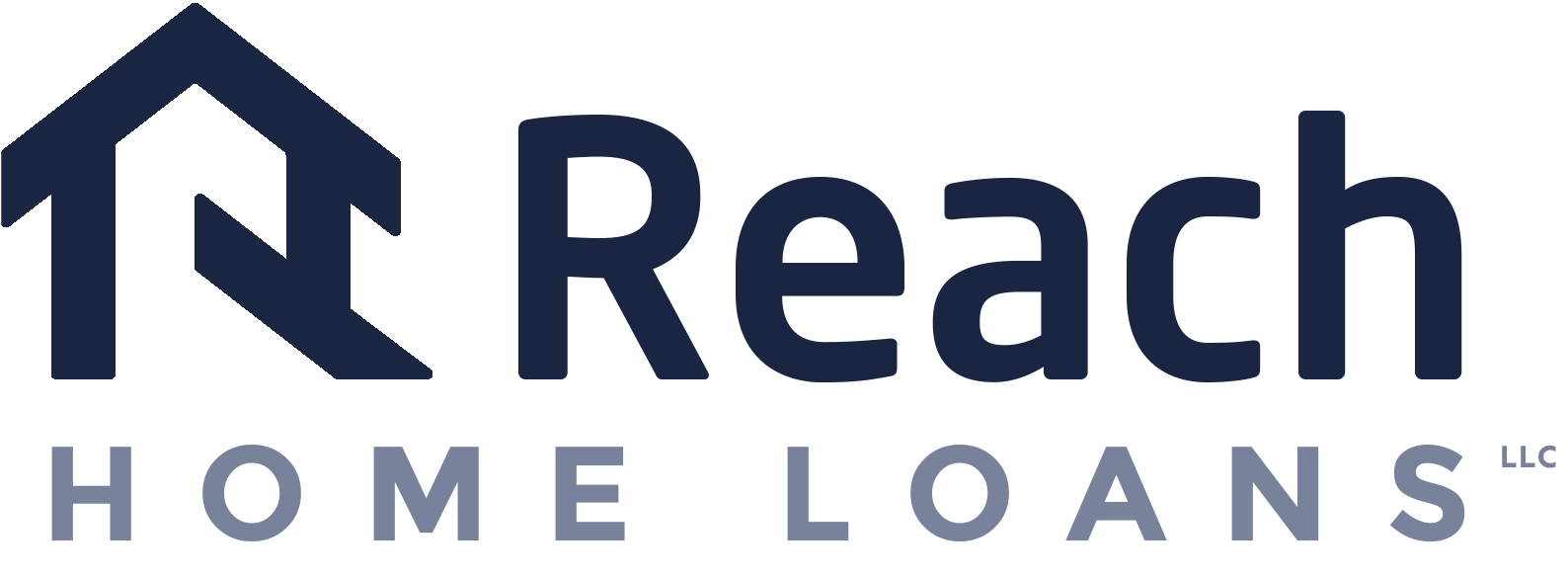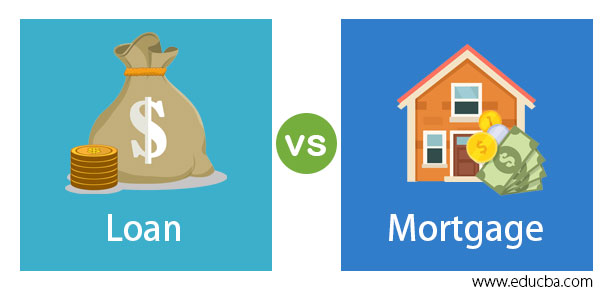Conventional Mortgage Loans: Your Guide to Typical Home Financing
Conventional Mortgage Loans: Your Guide to Typical Home Financing
Blog Article
The Vital Factors to Think About When Choosing Between Fixed-Rate and Variable-rate Mortgage Finances
When evaluating mortgage choices, borrowers face an essential choice between adjustable-rate and fixed-rate financings, each presenting distinct advantages and possible pitfalls. Secret factors to consider such as passion price security, predictability in month-to-month settlements, and the implications of potential price adjustments can considerably affect long-lasting monetary health and wellness. Understanding the anticipated period of homeownership and the total expense of borrowing can shape one's approach. As these factors link with specific economic circumstances and run the risk of tolerance, the implications of this option might not be as uncomplicated as they seem. What nuances should be focused on in this essential decision-making procedure?
Rates Of Interest Security
When choosing a home mortgage, comprehending passion rate security is vital for informed decision-making. Rate of interest can significantly influence the overall price of a home loan, and recognizing the nature of these prices is crucial for customers. Fixed-rate mortgages supply the advantage of consistent month-to-month settlements over the life of the loan, securing debtors from market variations. This security enables home owners to prepare their funds with better certainty, as they will certainly not be influenced by rising interest rates.
On the other hand, variable-rate mortgages (ARMs) start with lower preliminary prices that might alter occasionally based upon market problems. While this can cause reduced settlements originally, it also introduces uncertainty, as customers may deal with boosted settlements if passion rates rise. For those thinking about an ARM, it is vital to evaluate the probability of rate modifications, the possibility for settlement increases, and the length of the preliminary fixed-rate period.
Eventually, the selection in between adjustable-rate and fixed-rate home mortgages rests on private danger tolerance and economic conditions. Recognizing passion price security aids debtors make notified decisions that align with their long-term economic objectives.
Regular Monthly Repayment Predictability
While debtors typically focus on rate of interest rate stability, the predictability of monthly settlements is just as crucial in the home loan selection procedure (Conventional mortgage loans). Month-to-month payment predictability plays an important role in budgeting and monetary preparation, as it directly impacts a home owner's capital and total monetary health and wellness
Fixed-rate home loans supply a consistent month-to-month settlement throughout the life of the lending, allowing borrowers to prepare for and plan their expenditures successfully. This security can be especially useful for novice buyers or those on a fixed revenue, as it eliminates the unpredictability related to varying settlements.
On the other hand, adjustable-rate mortgages (ARMs) commonly include lower first repayments that can change in time, resulting in possible variability in regular monthly obligations. While at first enticing, this unpredictability can complicate financial planning, specifically if consumers do not make up future price changes.
Prospective Rate Adjustments
In the world of variable-rate mortgages (ARMs), prospective rate adjustments represent a substantial factor that consumers need to thoroughly take into consideration. Unlike fixed-rate mortgages, where the rates of interest stays the same for the life of the lending, ARMs are defined by changing passion prices that are connected to market indices. This variability can result in substantial changes in regular monthly payments, impacting the borrower's monetary preparation and budgeting.
Debtors should be aware of the margin and index made use of to determine these adjustments, as they straight influence future interest prices. Furthermore, ARMs typically include caps that limit just how much the interest price can boost at each modification and over the life of the blog funding, which can offer some degree of security versus extreme price walkings.
Comprehending these potential modifications is essential for borrowers, as they directly influence long-lasting settlement responsibilities. Evaluating personal economic situations and run the risk of resistance is vital when determining whether an ARM aligns with one's monetary objectives.
Lending Term Considerations
Loan term considerations play an essential function in the decision-making procedure for debtors picking between fixed-rate and adjustable-rate mortgages. The length of the lending term considerably impacts monthly settlements, rate of interest rates, and overall financial preparation.

Inevitably, consumers have to analyze their individual circumstances, economic objectives, and market conditions when weighing the effects of loan term options within each mortgage kind.

Overall Expense of Borrowing
Fixed-rate home loans supply foreseeable monthly repayments, as the passion rate remains continuous throughout the loan term. This predictability can lead to reduced total prices, especially in a steady or decreasing interest rate setting.
On the other hand, variable-rate mortgages (ARMs) generally start with reduced preliminary prices, leading to lowered ahead of time costs. These prices can boost after a first duration, leading to possibly greater long-term prices. Borrowers must take into consideration the regularity and level of price changes, in addition to the overall loan duration, to precisely examine the monetary effects.
In addition, the total expense of borrowing encompasses not only interest prices yet likewise costs and various other connected blog here costs, such as shutting expenses and insurance coverage (Conventional mortgage loans). As a result, when assessing mortgage alternatives, debtors ought to conduct a thorough price analysis over the life of the lending. By doing so, they can make an informed choice that aligns with their economic goals and take the chance of resistance
Final Thought
Finally, picking in between fixed-rate and adjustable-rate home loan demands mindful factor to consider of a number of critical variables. Passion rate security and monthly repayment predictability are vital for effective budgeting, while the possibility for rate modifications in ARMs introduces monetary unpredictability. Additionally, the awaited duration of homeownership and the total expense of loaning, consisting of rate of interest and associated fees, need to line up with individual site web economic scenarios and risk resistance. Such a detailed analysis will certainly promote informed decision-making in home loan selection.
Secret considerations such as rate of interest rate stability, predictability in regular monthly repayments, and the effects of possible price modifications can dramatically influence lasting economic wellness. Passion prices can dramatically impact the overall cost of a mortgage, and acknowledging the nature of these prices is essential for borrowers. Unlike fixed-rate mortgages, where the rate of interest rate stays unchanged for the life of the funding, ARMs are defined by changing rate of interest rates that are linked to market indices. Furthermore, ARMs commonly consist of caps that limit exactly how a lot the passion price can raise at each change and over the life of the financing, which can supply some level of protection versus extreme rate walkings.
Rate of interest rate security and month-to-month repayment predictability are paramount for reliable budgeting, while the capacity for rate adjustments in ARMs presents financial uncertainty.
Report this page